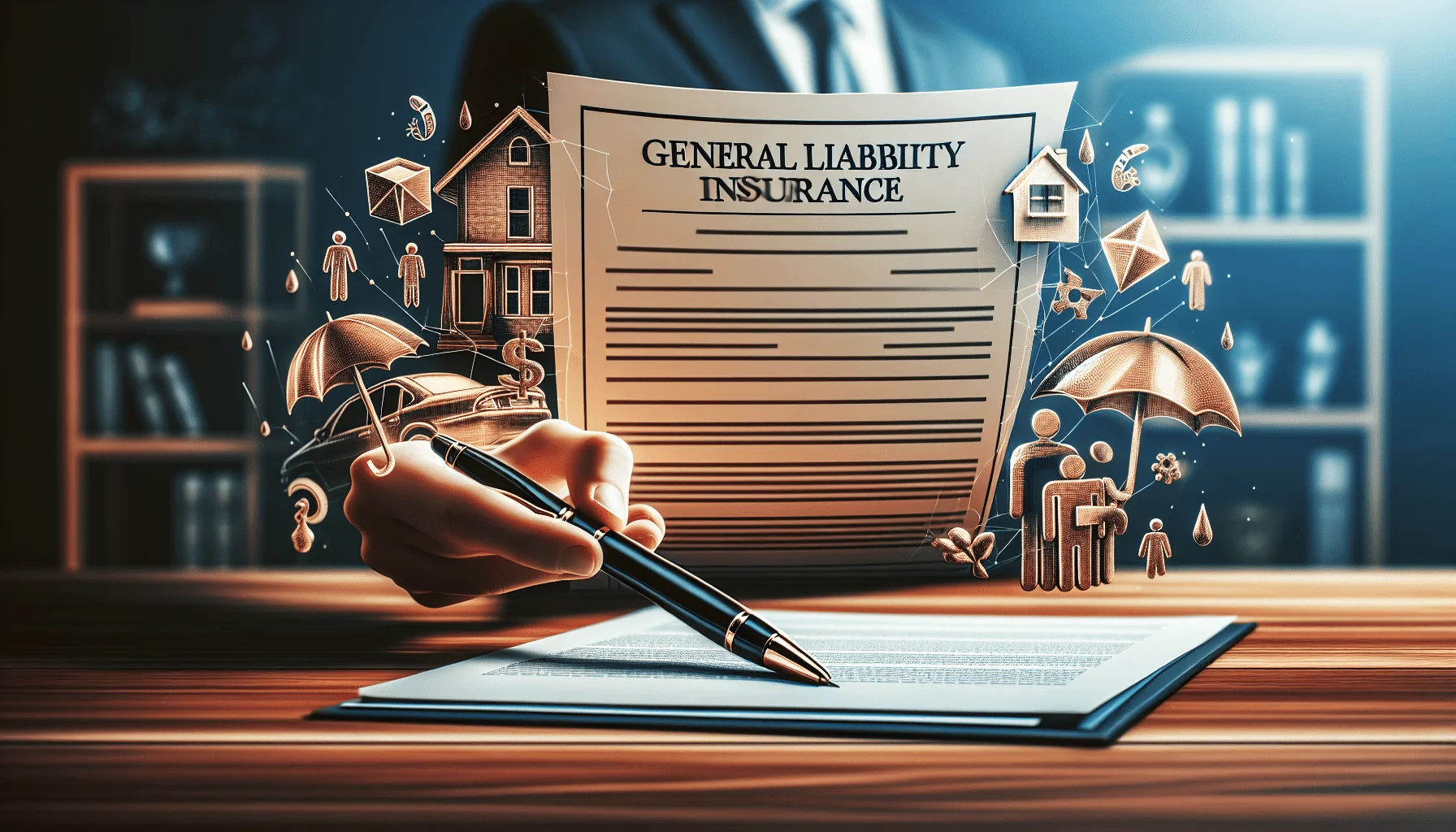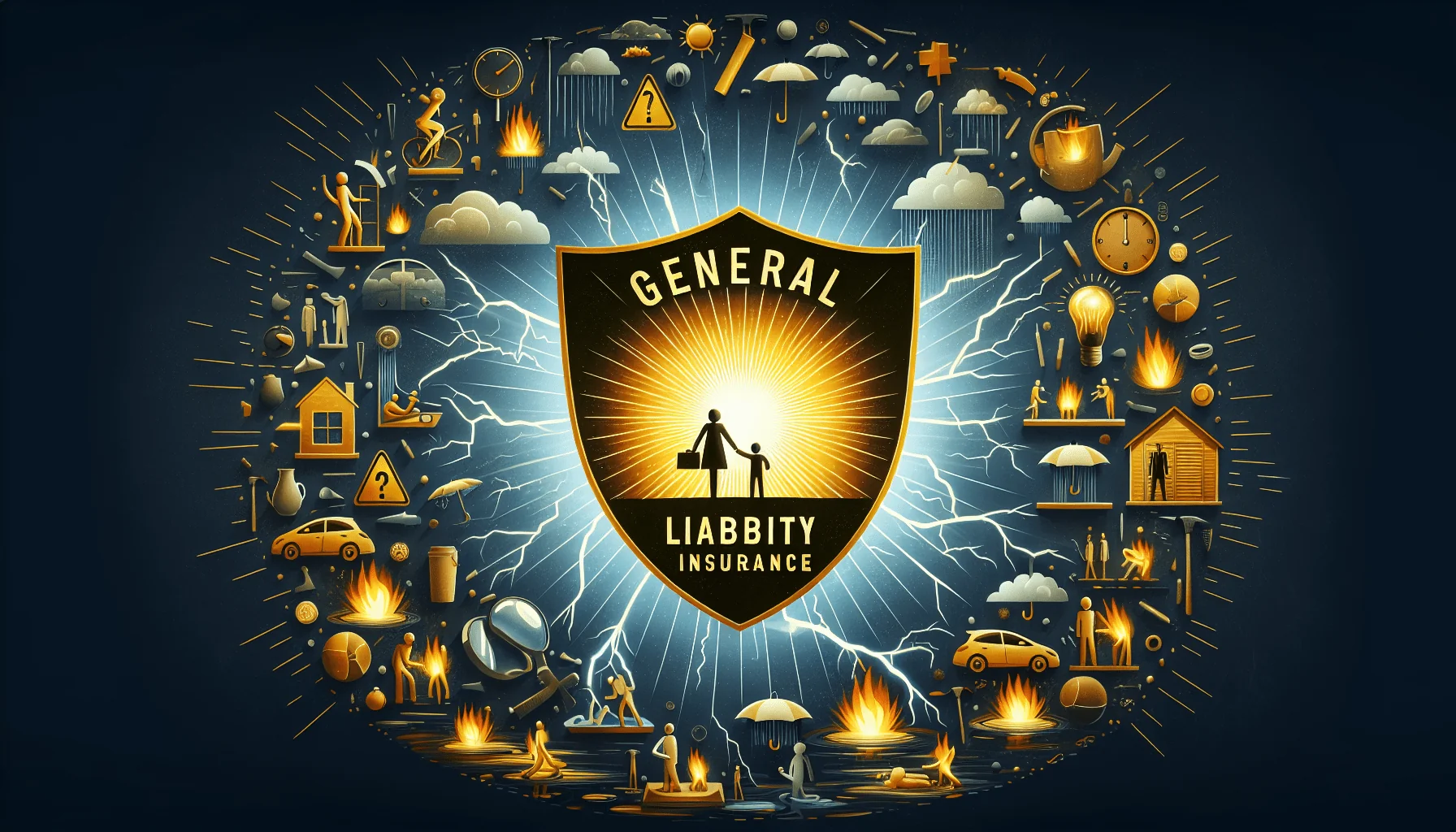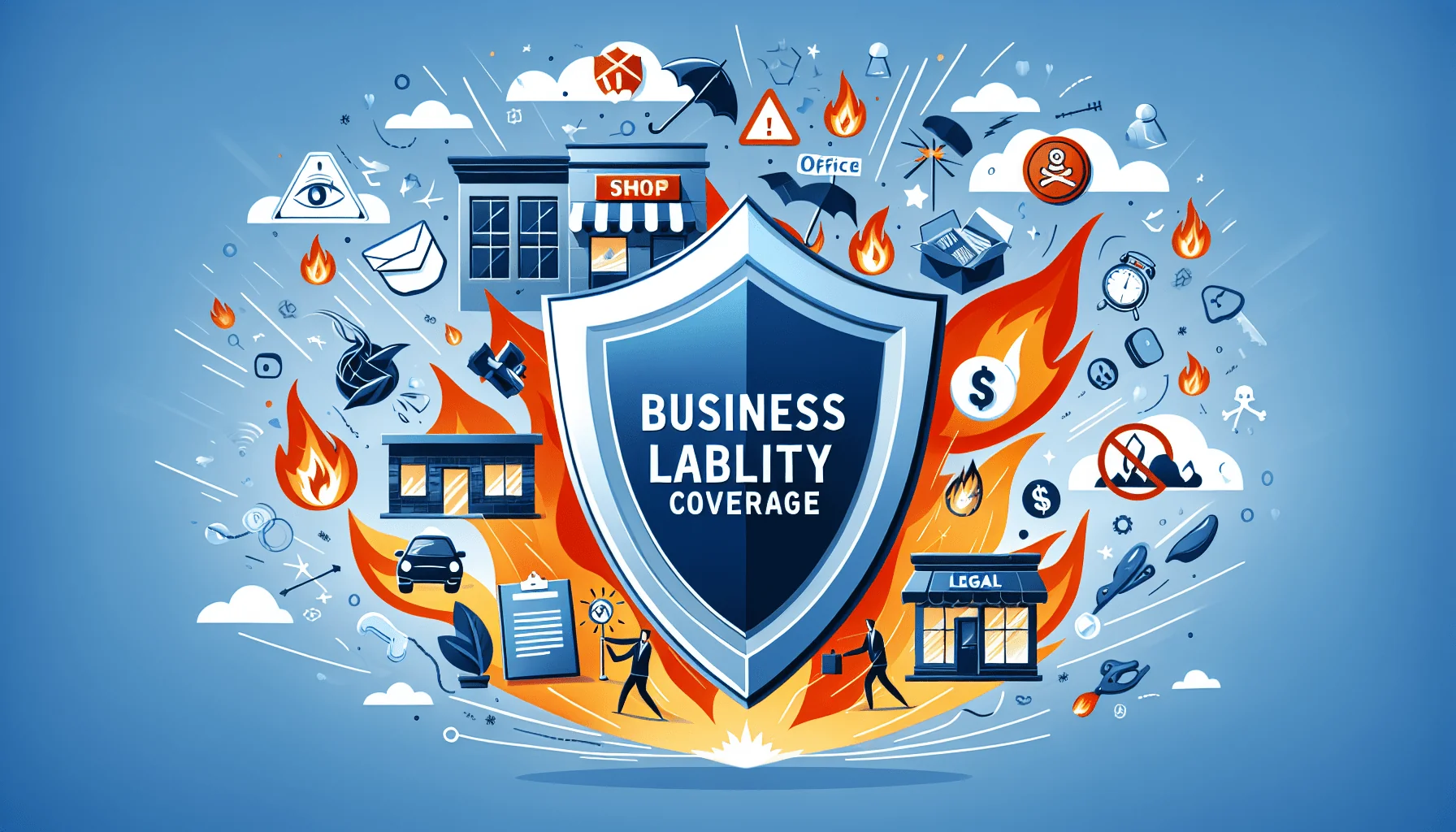General Liability Insurance Cost: What to Expect

General Liability Insurance Cost
Understanding the cost of general liability insurance is crucial for businesses of all sizes, as it provides a safety net against a range of common risks. The price of a policy typically hinges on several factors, including the business’s industry, size, and location, as well as the amount of coverage desired.
A small, home-based business may only require a minimal amount of coverage, resulting in lower premiums, while a larger company with significant customer interaction and potential hazards may face higher costs to ensure adequate protection.
Navigating the complexities of business liability insurance protection can be daunting, especially when dealing with commercial general liability (CGL) insurance policies.
Whether you’re an enterprise owner, a contractor, a freelancer, or running a retail business, understanding the essentials of a GL insurance policy can help you make educated decisions about safety, risk management, and coverage options.
Defining General Liability Insurance

General liability insurance, often referred to as business liability insurance, is a fundamental safeguard for businesses, offering protection against a variety of common claims. These claims may include bodily injury, property damage, and advertising injury that can arise from your business operations.
For instance, if a customer slips and falls in your store or if an advertisement unintentionally infringes on another company’s trademark, a GL insurance policy is designed to cover the legal costs and any resulting payouts. Without this coverage, a business could be left to shoulder these financial burdens on its own, which could be crippling for small businesses with limited resources.
General liability insurance protects against claims related to bodily injury, property damage, advertising injury, and other potential liabilities arising from daily operations.
This essential liability coverage for businesses is the cornerstone of a comprehensive risk management plan. For small businesses, startups, and nonprofits, General Liability Insurance for Small Businesses provides tailored options to meet their unique needs.
Who is insured on a general liability policy?
Typically, a general liability policy covers the business entity itself, along with its owners, employees, and volunteers, while they are performing duties within the scope of their employment or association with the business.
This coverage extends to protect against claims of bodily injury, property damage, and personal and advertising injury that may occur during business operations. It is essential for businesses to understand who and what is covered under their policy to ensure they have adequate protection against potential legal and financial challenges.
Knowing who is covered by a general liability insurance policy is key to managing risks. It protects business owners, employees, and independent contractors. This is crucial for industries like restaurants, retail, and home-based businesses, where liabilities can vary.
Key Considerations When Identifying Insured Parties
When determining who should be covered under a general liability insurance policy, it’s important to consider the full scope of your business operations. This includes assessing the roles of each individual involved, whether they are full-time employees, part-time staff, or third-party contractors.
Each of these groups may have different levels of exposure to potential liabilities and, therefore, may require different considerations in terms of coverage to ensure that all parties are adequately protected in the event of a claim.
When evaluating general liability insurance policies, businesses should consider additional factors like bodily injury coverage, property damage liability, and claims-made vs. occurrence policies. For niche needs like event liability insurance or contractor license and liability insurance, specialized coverage options might be necessary.
Practical Tips for Policyholders
1: Understanding the nuances of your insurance policy can be daunting, but it’s crucial for ensuring that you’re adequately protected. Policyholders should regularly review their coverage with an insurance professional to ensure that it evolves alongside their changing needs and circumstances.
Staying informed about the latest insurance trends and options can also help you identify potential gaps in your coverage and make informed decisions about additional protection you might require. Compare general liability insurance rates to find affordable general liability insurance that fits your budget.
2: When considering AI personalization in the realm of insurance, it’s essential to recognize how this technology can tailor coverage to meet your unique needs. By analyzing vast amounts of data, AI systems can predict risks more accurately and suggest policies that align closely with your personal or business profile.
This not only ensures that you’re adequately protected but also prevents you from overpaying for unnecessary coverage, thereby optimizing your insurance investments. Obtain a general liability insurance quote online for instant cost estimates.
3: Leveraging AI for personalization in insurance goes beyond tailored coverage and pricing. It extends to customer service, where chatbots and virtual assistants, powered by sophisticated algorithms, can provide quick and accurate responses to inquiries. This technology can also predict and address potential issues before they arise, enhancing the overall customer experience.
By continuously learning from interactions and data, AI systems ensure that each customer’s journey is as smooth and individualized as possible. Regularly review your certificate of liability insurance to ensure compliance with general liability insurance requirements.
4: To maximize the benefits of AI personalization, it’s essential to integrate these systems with your existing customer data platforms. This integration allows for a seamless flow of information, enabling AI to craft experiences that are not only tailored to individual preferences but also evolve with each interaction.
By doing so, businesses can anticipate customer needs, deliver personalized recommendations, and foster loyalty through a deep understanding of customer behavior patterns.
Consult the best general liability insurance providers for expert advice tailored to your business type, whether you’re a startup, a nonprofit, or an established enterprise.

Conclusion
Leveraging AI personalization is not just about enhancing the customer experience; it’s also a strategic move to stay ahead in the competitive market. By utilizing sophisticated algorithms and machine learning techniques, businesses can predict future consumer needs and proactively offer solutions, thereby positioning themselves as forward-thinking leaders in their industry.
Moreover, AI-driven insights can lead to more efficient operations, reducing waste and ensuring that resources are allocated in the most effective way to meet customer demands.
General liability insurance helps businesses protect against risks. It covers bodily injury and property damage, giving businesses security and peace of mind for smoother operations.
In today’s rapidly evolving digital marketplace, AI personalization is becoming increasingly crucial for businesses aiming to enhance customer engagement and satisfaction. By leveraging advanced algorithms and machine learning, companies can tailor their services and marketing efforts to individual preferences, creating a more intimate and effective customer experience.
This level of customization not only improves client retention rates but also boosts conversion by presenting consumers with options that resonate with their unique needs and desires. Whether you’re wondering, “Do I need general liability insurance for my LLC?” or looking for affordable general liability insurance, consistent policy evaluations and expert guidance are key.
Compare general liability insurance rates, explore options for general liability insurance for startups, and take advantage of online tools to buy general liability insurance online. Protect your business today with coverage that meets your unique needs.




